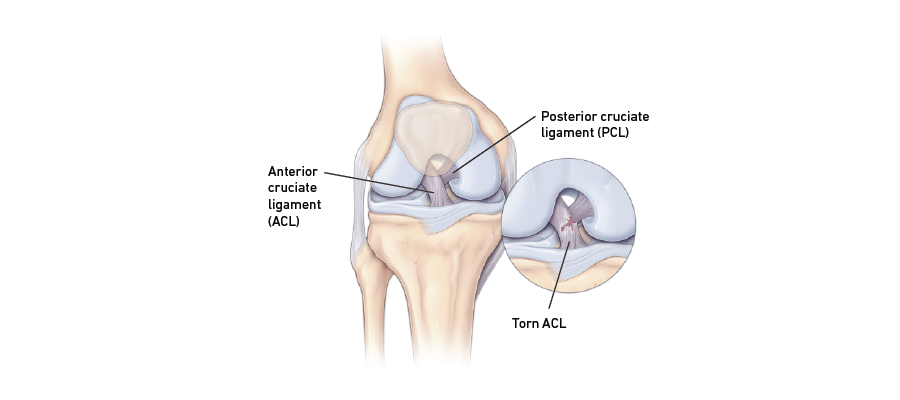

In this procedure, surgeons use a graft (a tendon taken from another part of your body or from a deceased donor) to replace your torn ACL.For more serious tears, your doctor may recommend reconstructive surgery to prevent damage to other parts of the knee and future arthritis, as well as stabilize and improve your knee's function.Your sports medicine specialist may also send you for a course of physical therapy to improve joint motion and leg strength.If you have an ACL tear, you may need to use crutches to walk until the swelling and pain go away.Improvements in surgery and rehabilitation over the past few decades are enabling most people to successfully recover from this once-catastrophic injury. Whether you're a weekend warrior or a high-level athlete, a torn ACL doesn't have to mean the end of your active lifestyle. Your knee feels unstable or like it’s going to "give out" when you stand or walk.ĭo not play sports or do other intense physical activities until you have seen a doctor and been diagnosed.


Signs You Should Get Help for an ACL Injury Among other factors, higher estrogen levels in women weaken tendons, making them more vulnerable to tears. Girls and women are at greater risk for ACL tears than boys and men. A quick stop and change of direction while running, landing from a jump or turning.The anterior cruciate ligament (ACL) is the part of the knee joint that connects the thigh bone to the shin bone.Ī complete or partial ACL tear can result from the following:


 0 kommentar(er)
0 kommentar(er)
